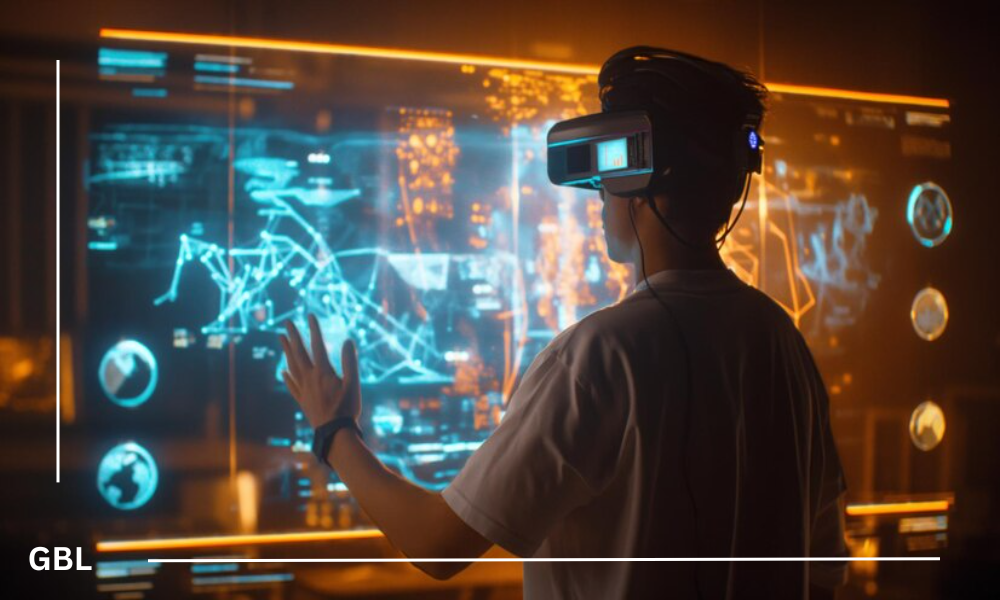In 2024, immersive technologies like augmented reality (AR) and virtual reality (VR) are transforming aerospace training, offering unprecedented advancements in efficiency, safety, and effectiveness. These technologies are not only enhancing the way pilots and technicians are trained but also setting new standards for operational readiness in the aerospace industry.
Augmented Reality Enhances Real-World Training
Augmented reality is proving to be a game-changer in aerospace training by overlaying digital information onto the real world. For pilots, AR can simulate in-flight scenarios, displaying vital data and interactive simulations directly in their field of view. This allows them to practice emergency procedures and complex maneuvers without leaving the ground, thereby reducing risk and improving response times during real-world operations.
Technicians and maintenance crews are also benefiting significantly from AR. Using AR glasses or devices, they can receive step-by-step instructions, view digital schematics, and access diagnostic information while working on aircraft. This immediate access to detailed information reduces errors and accelerates maintenance processes, leading to increased efficiency and safety in operations.
Virtual Reality Provides Comprehensive Simulations
Virtual reality offers a fully immersive experience, making it an invaluable tool for training within the aerospace industry. Flight simulators equipped with VR technology replicate the cockpit environment and flight dynamics with high precision, allowing pilots to engage in realistic training scenarios. These simulations include everything from routine flight operations to emergency responses, ensuring that pilots are thoroughly prepared for any situation they might encounter.
Beyond pilot training, VR is also being utilized for ground crew and engineering training. Engineers can practice assembly and maintenance tasks in a virtual environment, which not only helps in honing their skills but also saves costs associated with using real aircraft and equipment for training purposes.
Key Benefits and Future Prospects
The integration of AR and VR in aerospace training offers multiple benefits. One of the primary advantages is the ability to conduct repetitive practice in a safe, controlled environment, which is crucial for mastering complex skills. These technologies also enable remote training, reducing the need for travel and allowing for more flexible training schedules. This is particularly beneficial in a post-pandemic world where minimizing physical contact is still a priority.
Cost reduction is another significant benefit. Traditional training methods often involve high costs due to the need for actual aircraft and physical resources. Immersive technologies, on the other hand, allow for extensive training with minimal physical resources, making the process more cost-effective.
Looking ahead, the capabilities of immersive technologies in aerospace training are expected to expand further. Future advancements may include more sophisticated haptic feedback systems, which provide tactile sensations to enhance the realism of virtual training environments. Additionally, the integration of artificial intelligence could lead to adaptive training programs tailored to individual trainees’ needs, further improving the efficacy of training processes.
In conclusion, AR and VR are revolutionizing aerospace training by providing innovative, effective, and cost-efficient solutions. These technologies are not only enhancing the skills and preparedness of aerospace professionals but also paving the way for a safer and more efficient industry. As the aerospace sector continues to evolve, immersive technologies will undoubtedly play a crucial role in shaping its future.













